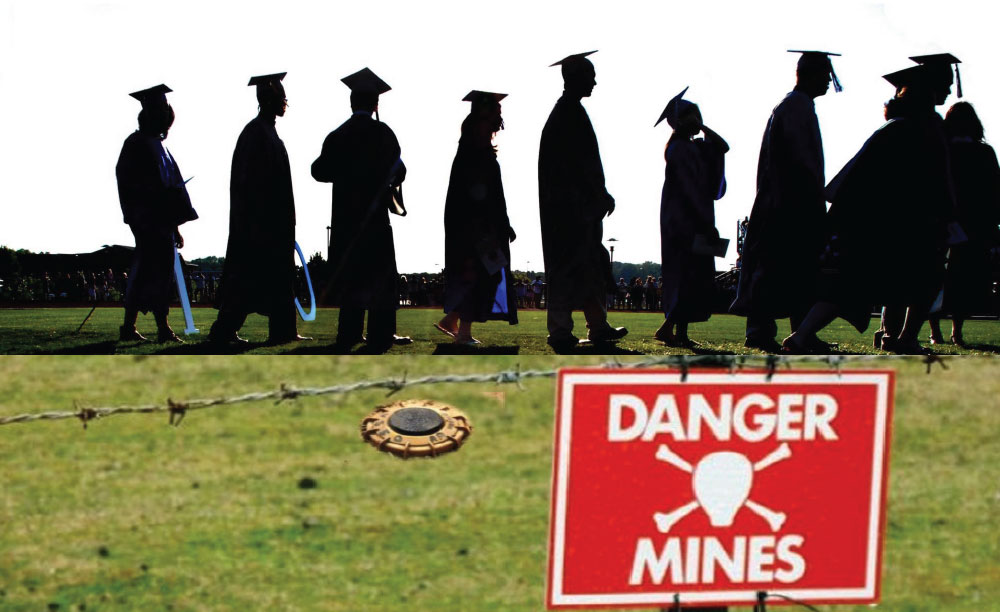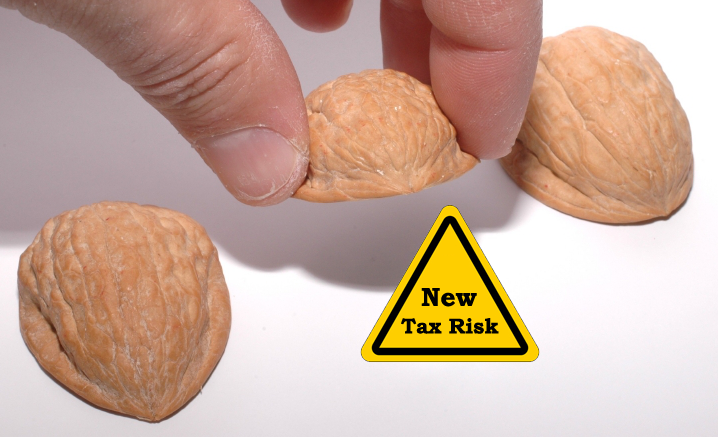If you have been watching the news, you may have now…

Is Higher Education an Investment or a Style Choice?
A true investment is one in which we calculate a reasonable timeframe to be paid back our outlay (akin to Internal Rate of Return), and after that, the net profit we expect to return over a period of time. There are always risks that the investment will fail to return some or all of the principal. A good investment for you is one in which you are objectively clear about the risks, and can actually influence its chances of success.
A college degree, even in a STEM field, does not guarantee employment, but it is demonstrably true there is both a demand for such graduates and their career pay is certainly far higher on average compared to other degrees.
However, if we decide to get a Bachelors degree in French Literature, and it costs us $100K, what does this calculation look like? First, what do we expect to earn? If there is no demand for this “skill”, and most liberal arts degrees are similar to this, then you may end up working in a coffee shop.
At a national average of $24K per year (as a barista), we might jump to the conclusion that we get a payback in four years, but that is not true. The average (minimum) student loan payment today is $351. Repayment plans go up to 25 years. One conclusion is that the break-even point is 25 years, or whatever length your plan is. Student loan interest rates are between 4-7%, so let’s pick 5% to be nice, and trim the plan to 20 years. Your real outlay is not $100k, but $158K (at $659 a month). But being paid like an excellent barista does not require a degree. So that loss of $158K is actually more like $248K since you lost the interest you could have earned on that money. If you are one of those folks who get deferments for additional degrees and costs, the delayed interest will be added to the pile and things get a lot worse.
Is higher education a bad investment? The cost of becoming a plumber or electrician at a trade school is far less than a college degree—and far more profitable. The risk of actually becoming a tenured professor of French Literature, after paying for a BA, MA, and Ph.D., is on the order of becoming a Major League baseball player (I just made that up, but I’ll bet you a latte that the math works).
The very sad reality is that 43% of the current $1.5 TRILLION in student loans are not healthy. Not getting in is far easier than getting out. The most important financial decision Gen-Z can make is not which college to go to but if they should go at all.
Education that truly buys you a reasonable chance to succeed is great. The rest are style choices that you will wear long after they have gone out of style.




[…] Some may believe that it is a good thing that the government made sure everyone who wanted to go to college got to rack up as much debt as they wanted. Not to beat the poor horse more, it is pretty clear that many of those degrees were poor investments and also horrendously overpriced for their expected and actual return (as we discussed in December 2018). […]